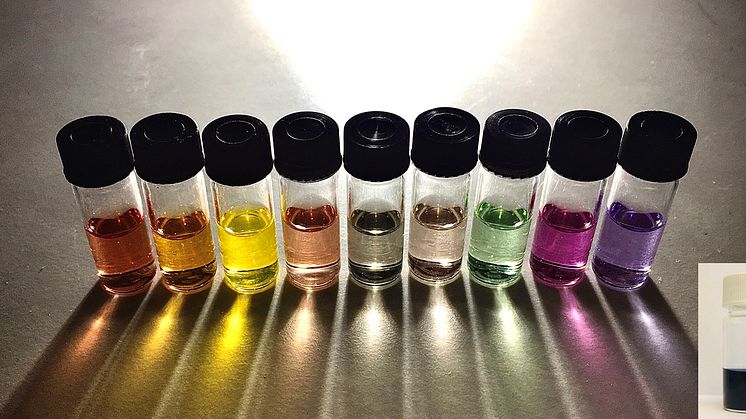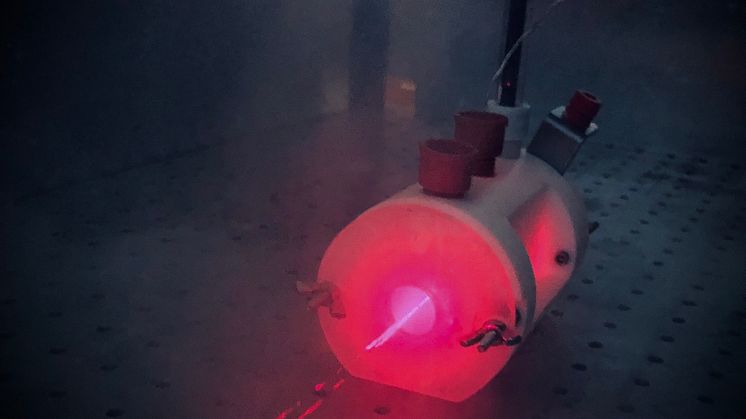
World-leading battery researcher joins Uppsala University
Professor Patrik Johansson is the new director of the flagship project Battery 2030+. He has led many large international research projects and was most recently director of the EU research programme the Graphene Flagship.



